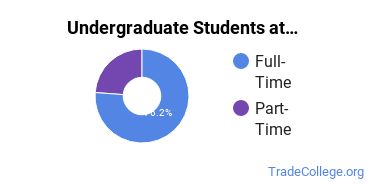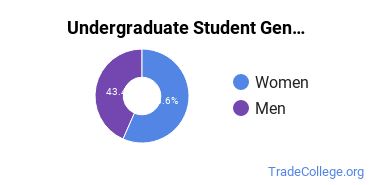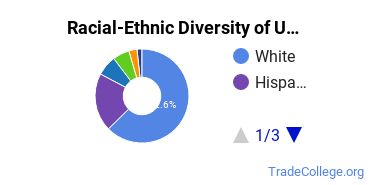University of Wisconsin - Parkside Trade Programs
University of Wisconsin - Parkside is a public institution located in Kenosha, Wisconsin. The rural area surrounding the school is great for students who prefer living in a country setting.
Featured schools near , edit
Where Is University of Wisconsin - Parkside?

Contact details for UW - Parkside are given below.
| Contact Details | |
|---|---|
| Address: | 900 Wood Rd, Kenosha, WI 53144 |
| Phone: | 262-595-2345 |
| Website: | www.uwp.edu |
Can I Afford UW - Parkside?
| In State | Out of State | |
|---|---|---|
| Tuition | $6,582 | $15,224 |
| Fees | $1,273 | $1,273 |
| Books and Supplies | $590 | $590 |
| On Campus Room and Board | $8,286 | $8,286 |
| On Campus Other Expenses | $5,164 | $5,164 |
Student Loan Debt
It's not uncommon for college students to take out loans to pay for school. In fact, almost 66% of students nationwide depend at least partially on loans. At UW - Parkside, approximately 37% of students took out student loans averaging $5,659 a year. That adds up to $22,636 over four years for those students.
University of Wisconsin - Parkside Undergraduate Student Diversity

There are also 661 graduate students at the school.
Gender Diversity
Of the 2,947 full-time undergraduates at UW - Parkside, 44% are male and 56% are female.

Racial-Ethnic Diversity
The racial-ethnic breakdown of University of Wisconsin - Parkside students is as follows.

| Race/Ethnicity | Number of Grads |
|---|---|
| Asian | 107 |
| Black or African American | 231 |
| Hispanic or Latino | 604 |
| White | 1,805 |
| International Students | 47 |
| Other Races/Ethnicities | 153 |
Geographic Diversity
Wisconsin students aren't the only ones who study at University of Wisconsin - Parkside. At this time, 13 states are represented by the student population at the school.
Over 30 countries are represented at UW - Parkside. The most popular countries sending students to the school are China, India, and Germany.
University of Wisconsin - Parkside Trade School Concentrations
The table below shows the number of awards for each concentration.
| Major | Bachelor’s | TOTAL |
|---|---|---|
| Health Information Management | 15 | 15 |
| TOTAL | 15 | 15 |
References
*The racial-ethnic minorities count is calculated by taking the total number of students and subtracting white students, international students, and students whose race/ethnicity was unknown. This number is then divided by the total number of students at the school to obtain the racial-ethnic minorities percentage.
More about our data sources and methodologies.
Featured Schools
 Request Info
Request Info
|
Southern New Hampshire University You have goals. Southern New Hampshire University can help you get there. Whether you need a bachelor's degree to get into a career or want a master's degree to move up in your current career, SNHU has an online program for you. Find your degree from over 200 online programs. Learn More > |
